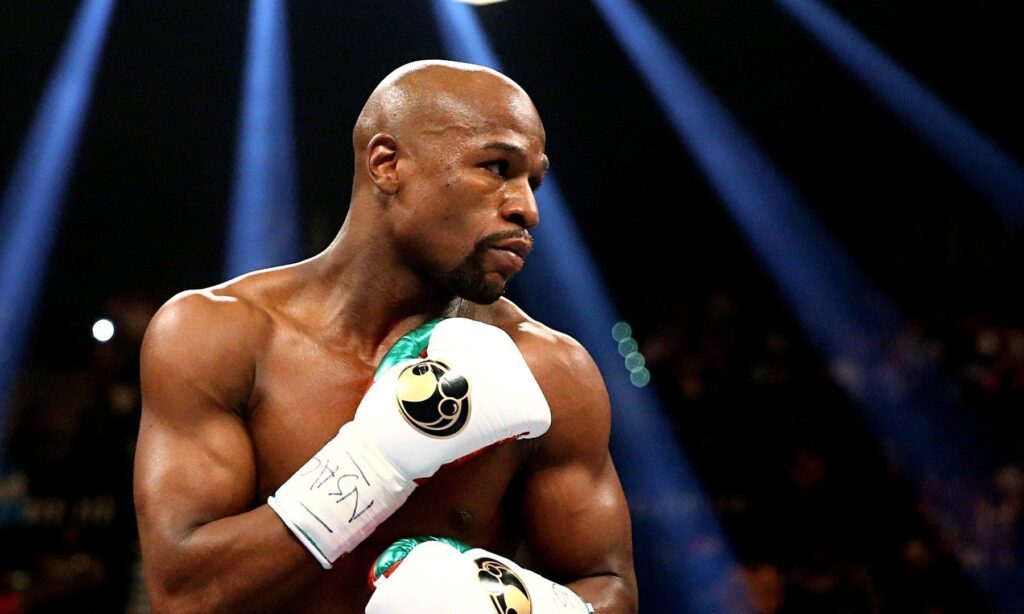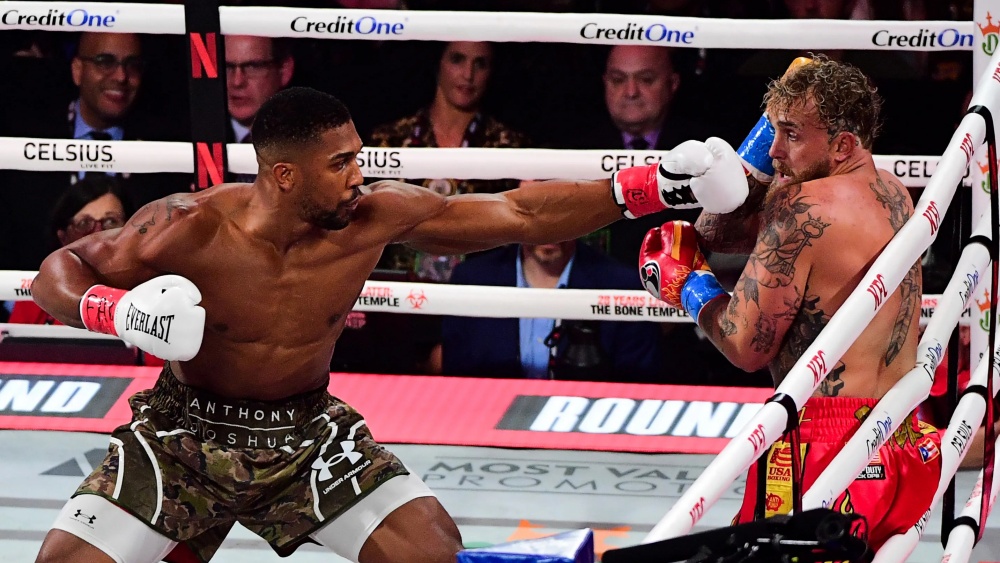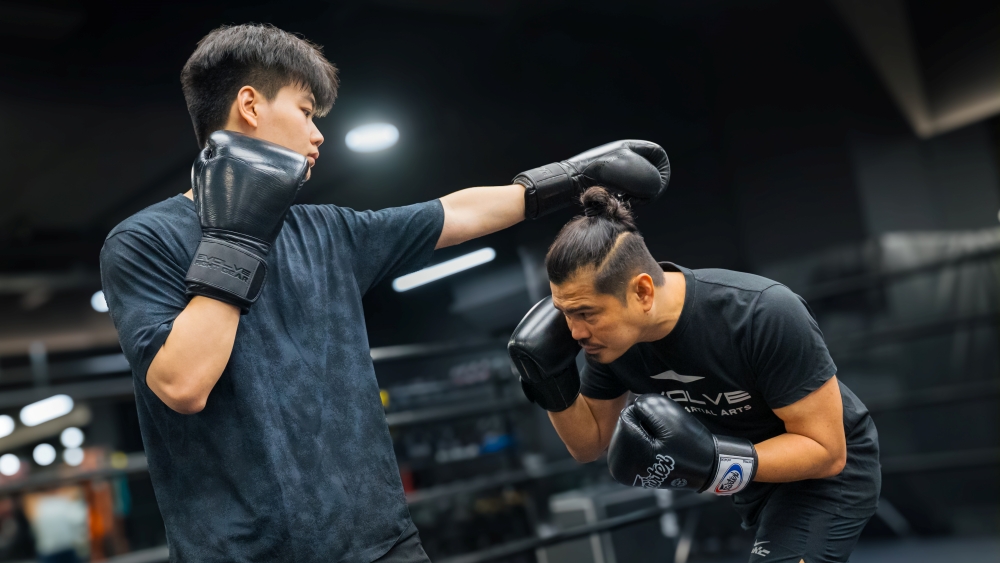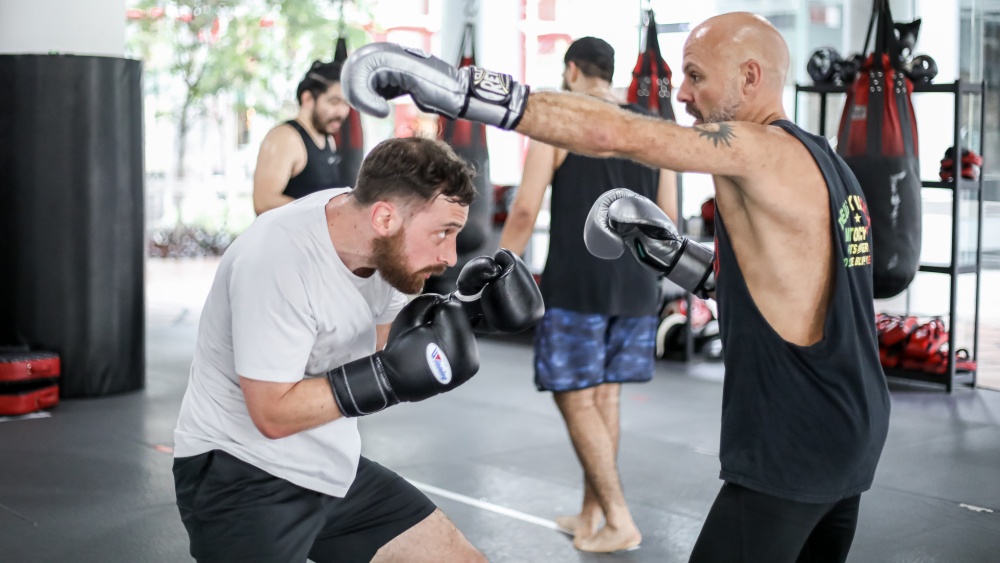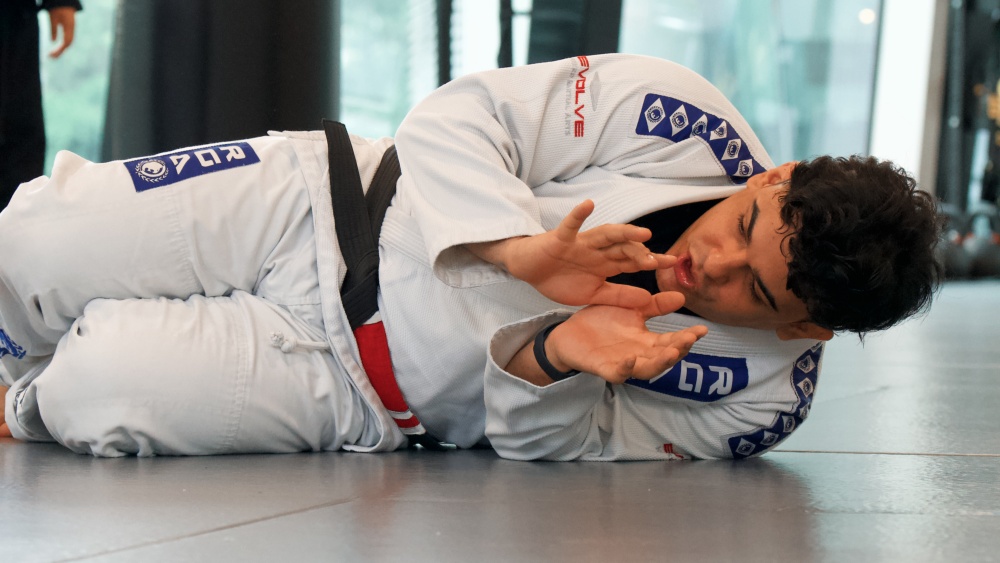Many people think of Floyd Mayweather when they hear the boxing term “Philly Shell,” but this defense style was around way before him. Mayweather just managed to perfect the style better than anyone before him, adding his personal style to make it an even more effective fighting style.
Opponents struggled to land clean punches on Mayweather throughout his career, and only a few like Shane Mosley can even claim to have caught him good. Still, Mayweather was never knocked down throughout his career, a testament to the effectiveness of the Philly Shell defense.
Breaking Down The Philly Shell Defense Style
First, we should emphasize that the Philly Shell defense should not be confused with a fighting form. It is simply a way to defend yourself from your opponent’s attacks. It is often confused with the shoulder roll, and for a good reason. Both defensive styles share many similarities, like the positioning of the lead arm and shoulders.
The Philly Shell defense is a style that favors naturally athletic people with excellent reflexes. To get into it:
- Stand in a boxing stance with your lead arm across your torso, somewhere in-between your belly button and chest. Your lead hand should be touching your opposite side.
- Your rear hand should be right next to your face. You’ll be using it to block or parry jabs and to block hooks.
- Bring your lead shoulder up to the lower part of your face. You’ll be blocking straight rights and hooks with it.
As a general rule, you should be leaning to your right slightly if in an orthodox stance and to your left in a southpaw stance. This forces your opponent’s right hands to travel further, giving you more time to block, evade, or counter. This also keeps your head off the center, making you harder to hit.
History
The Philly defensive style is as old as the sport of boxing, but gym warriors from Philadelphia popularized it. A gym warrior is a boxer who typically did well as an amateur but did not go pro for one reason or the other.
Many of these boxers ended up getting regular jobs once their amateur boxing careers were over, but they still enjoyed getting into the ring and sparring. These gym warriors created a style that allowed them to effectively defend themselves without using up too much energy as they were often going against full-time boxers who had all the time in the world to do road work.
The defensive style those fighters used is now termed the Philly Shell. Back then, the style wasn’t used as a standalone style. Instead, it was used temporarily to rest and then return to their normal defensive style.
Philadelphia native George Benton popularized the Philly Shell during the ’50s and ’60s. He was one of the top middleweights of his era, despite never getting a title shot due to boxing politics. Benton switched over from boxing to training boxers after his career, guiding Pernell “Sweat Pea” Whitaker to world championships in four different weight classes.
Floyd Mayweather made the defensive style even more popular, even though you can make an argument that Mayweather uses the shoulder roll, not the Philly Shell. Mayweather learned the Philly Shell from his father, Floyd Mayweather Sr., who learned it from his trainers after a gunshot wound to one of his legs limited his mobility.
James Toney also had a lot of success during his career with the shoulder roll, starting as a middleweight and moving up to the heavyweight division by the end of his career. Like Mayweather, Toney was never knocked out during his career.
Using The Philly Shell Inside The Ring
Bernard Hopkins used the Philly Shell as well as anyone known for the style. He typically used it to frustrate opponents while landing sharp counters. He would go to the ropes and shell up when he needed a break before mounting his offense later in the fight. It wasn’t the most exciting fighting style, but it had a lot to do with Hopkins becoming one of the oldest world champions in boxing history.
Boxing is a game of inches, and the Philly Shell can make all the difference in a fight. When executed correctly, it is arguably the most effective defensive style, and it puts you in a better position to counter attacks.
The Mayweather Shell
Floyd Mayweather is in a class of his own in the modern boxing era, and many attribute most of his success to his defensive abilities. Mayweather prioritized offense during the early days of his professional career, and he often used his powerful right hand to put opponents away.
However, he suffered a series of devastating hand injuries that limited his ability to throw power punches. Mayweather changed up his fighting style following those injuries, focusing more on defense and counter punching.
The foundation of Floyd’s defense is the Philly Shell with some subtle variations that make a huge difference. For starters, Mayweather creates angles with his body that allow him to evade attacks with his footwork.
Mayweather’s defensive style uses more footwork than the traditional Philly Shell. Remember, the style was born out of fighters looking for a way to rest while keeping their defense tight. Mayweather uses his Philly Shell to get out of trouble and to give opponents different looks. He typically exits the pocket as soon as he lands a couple of shots. His favorite counters are the straight right hand or uppercut.
Fighters using the Philly Shell typically keep their knees straight, but Mayweather prefers to bend his knees. Keeping his knees flexible makes him more mobile, and it makes it easier to pull away or dip downward.
Mayweather also uses his lead shoulder differently than the Philly Shell dictates. He keeps it directly in front of him, using it to catch and deflect jabs. He often fires a hard straight after catching a punch with his shoulders. The way Mayweather combines the Philly Shell with some of his personal touches is what makes him so difficult to hit. Some have termed the style the “Mayweather Shell.”
You may also like:
